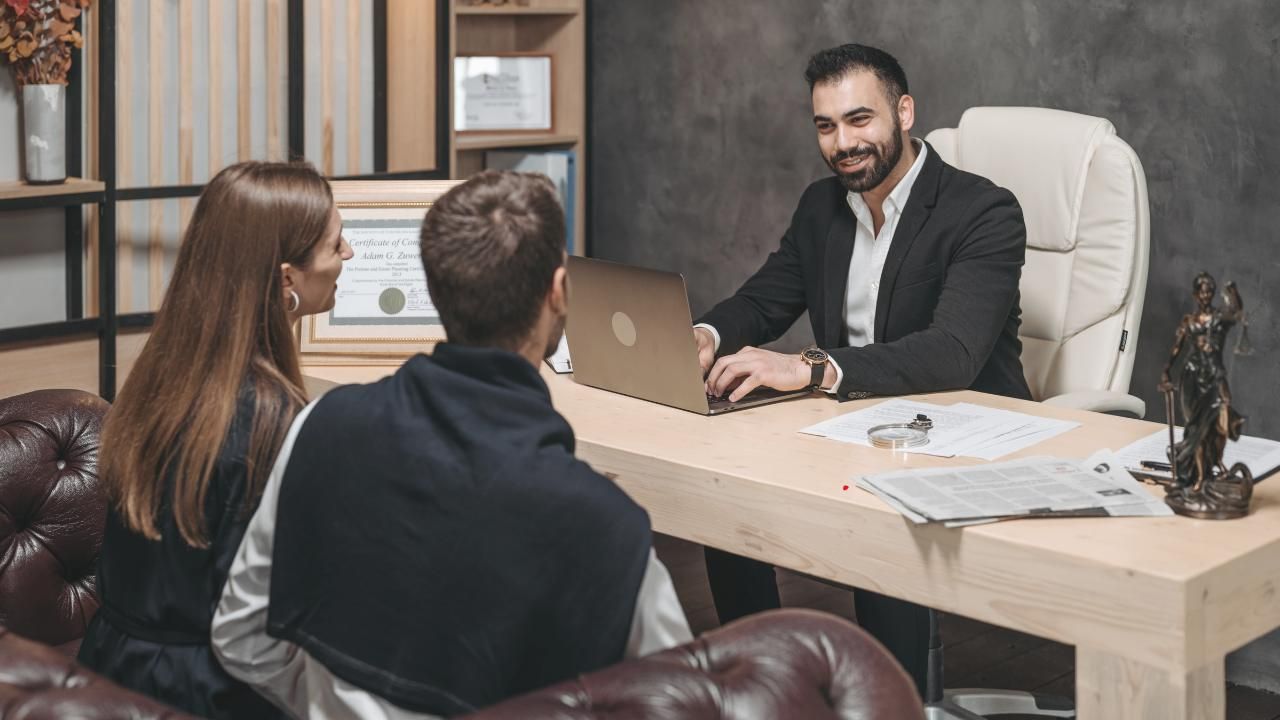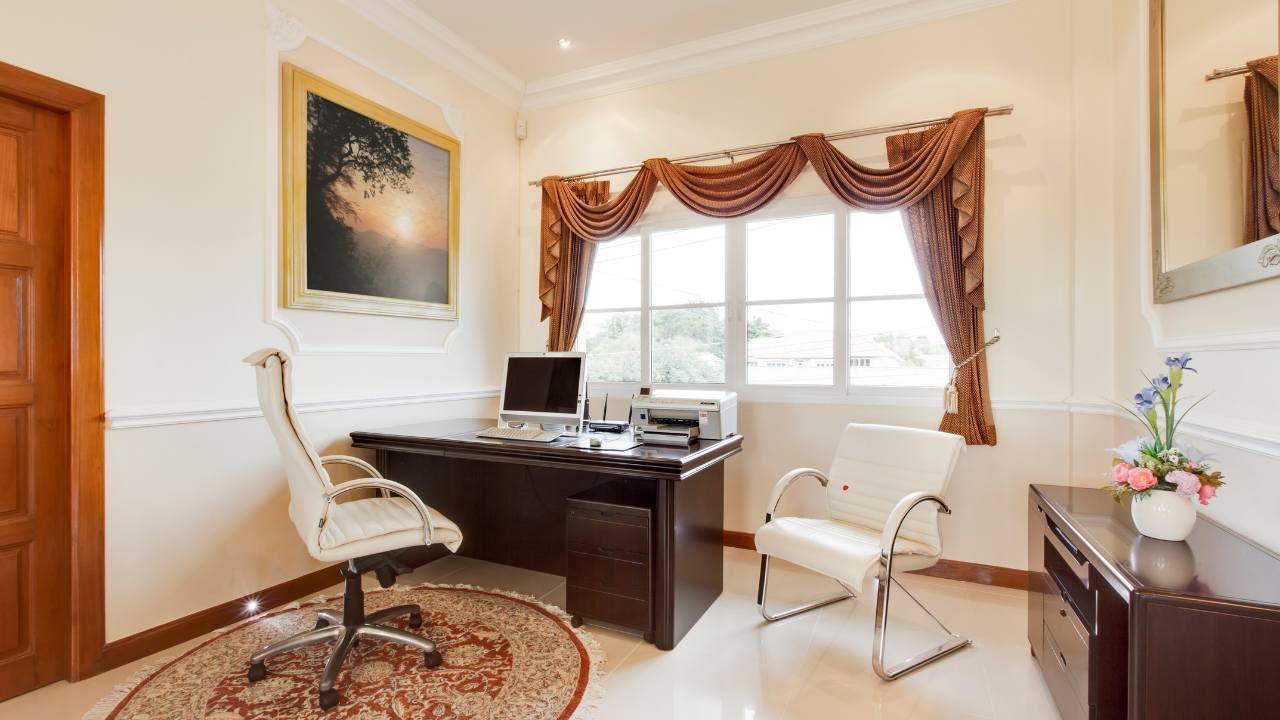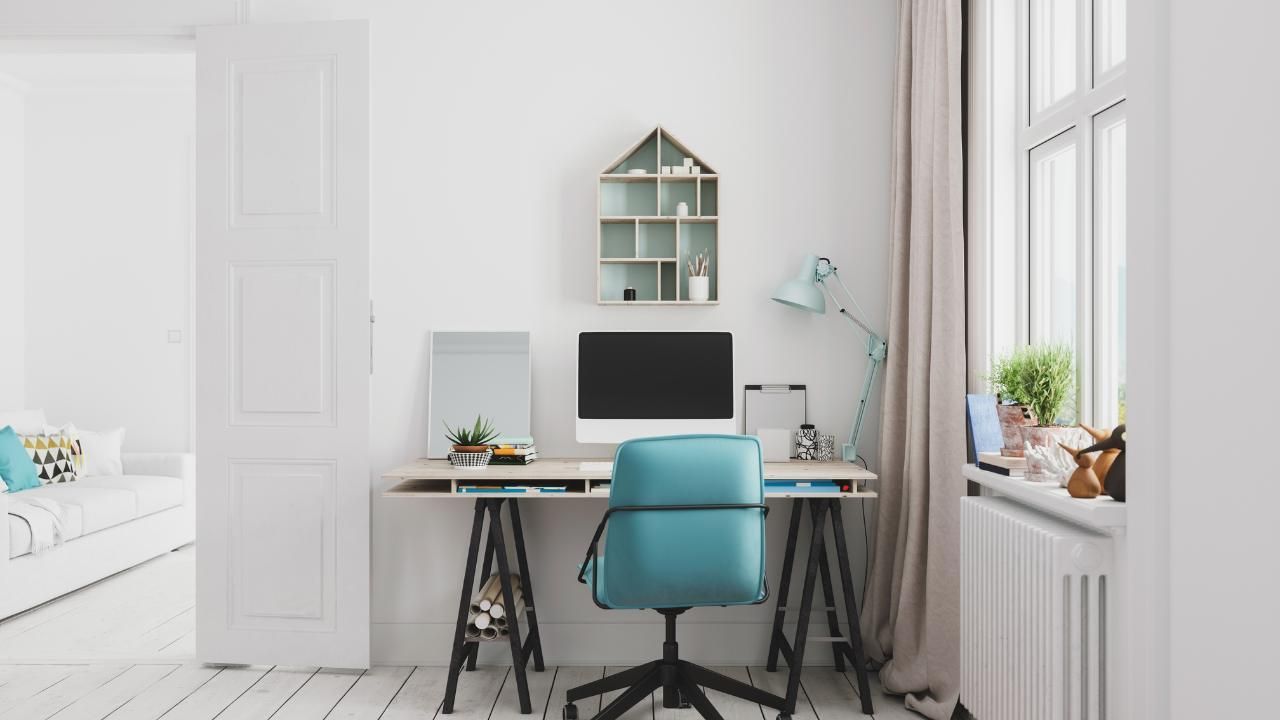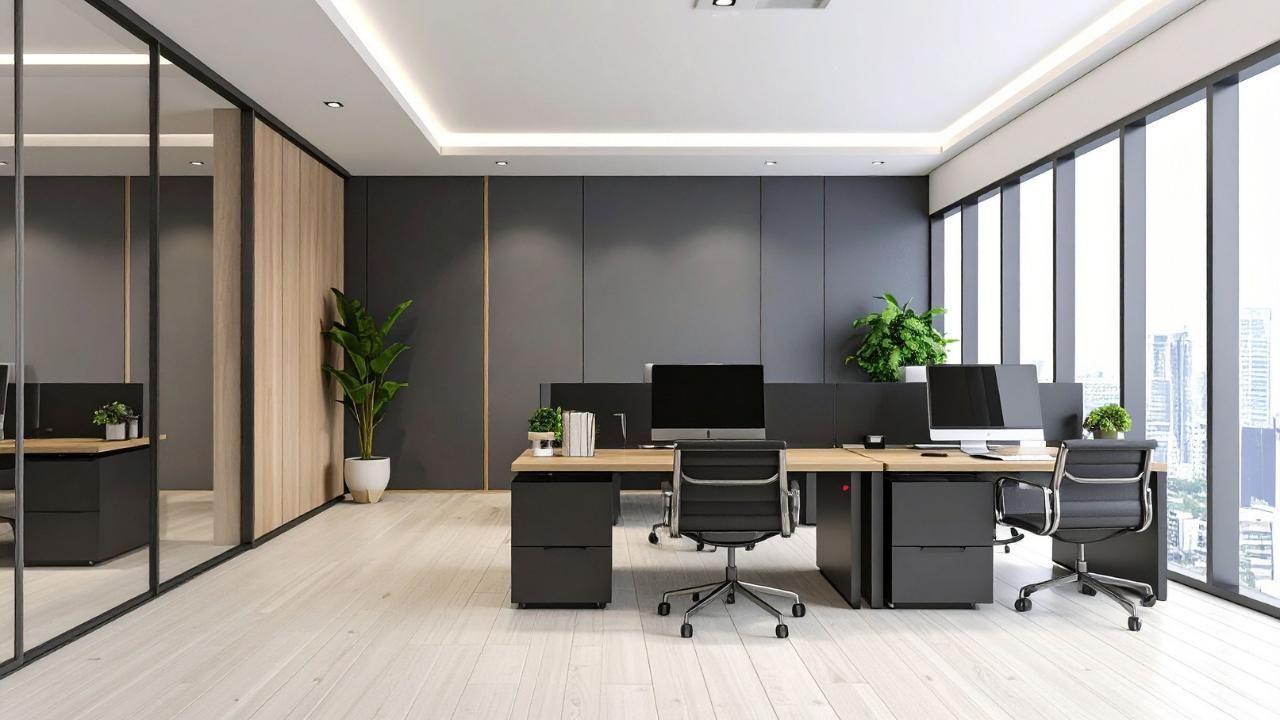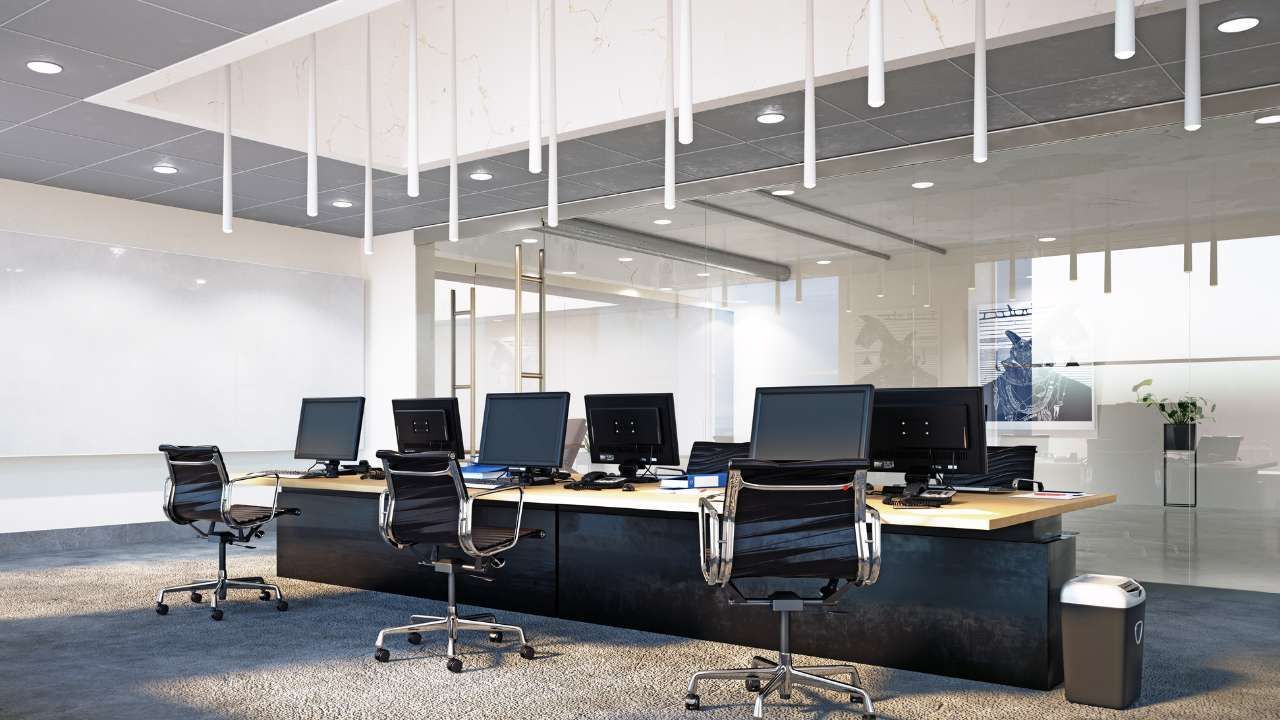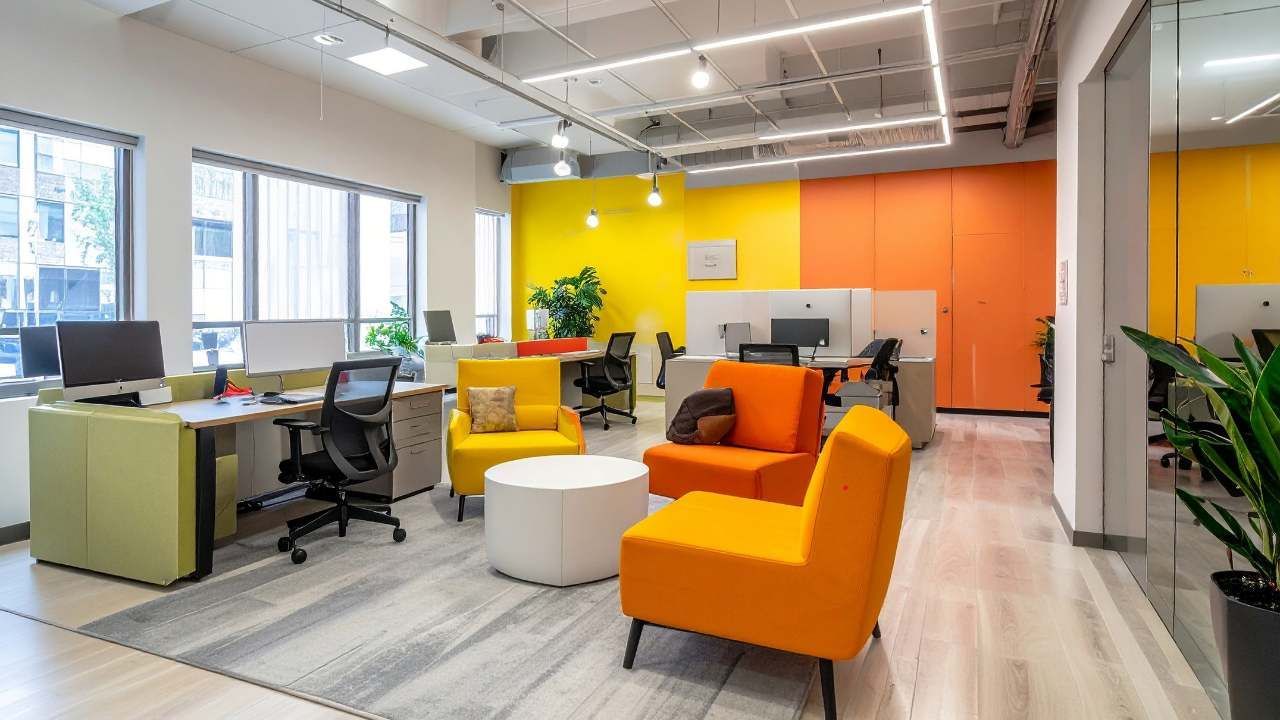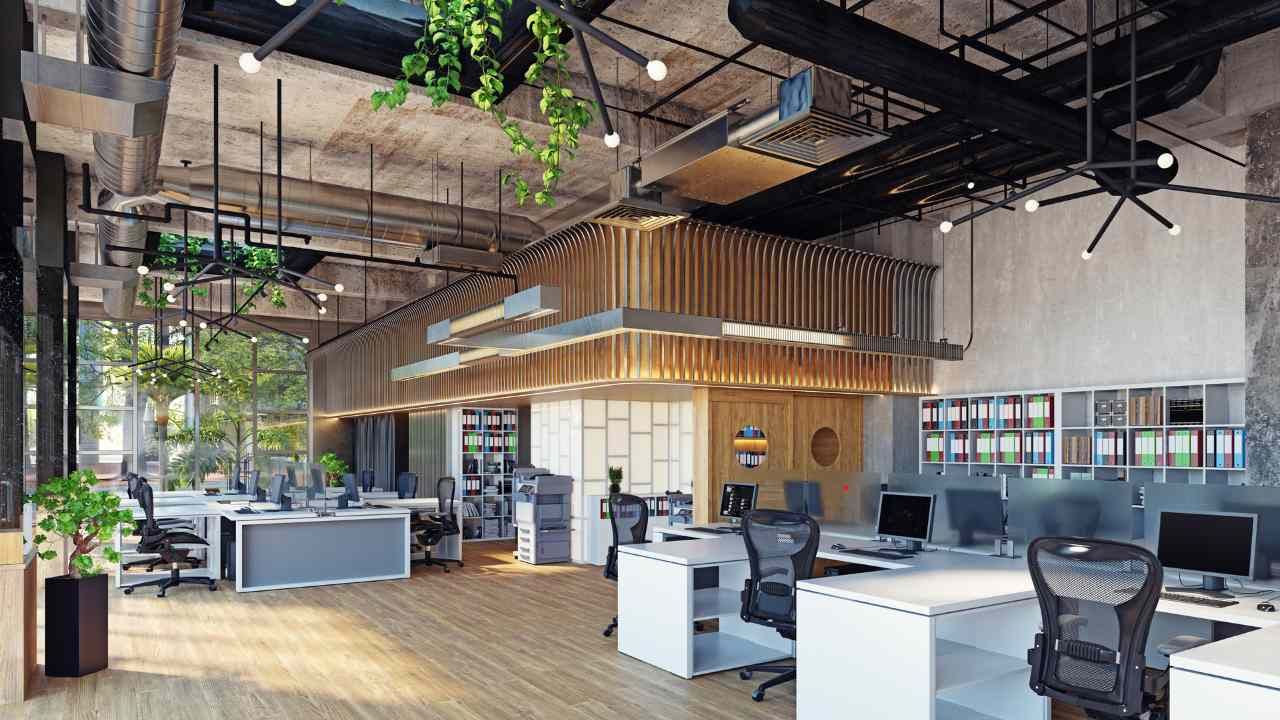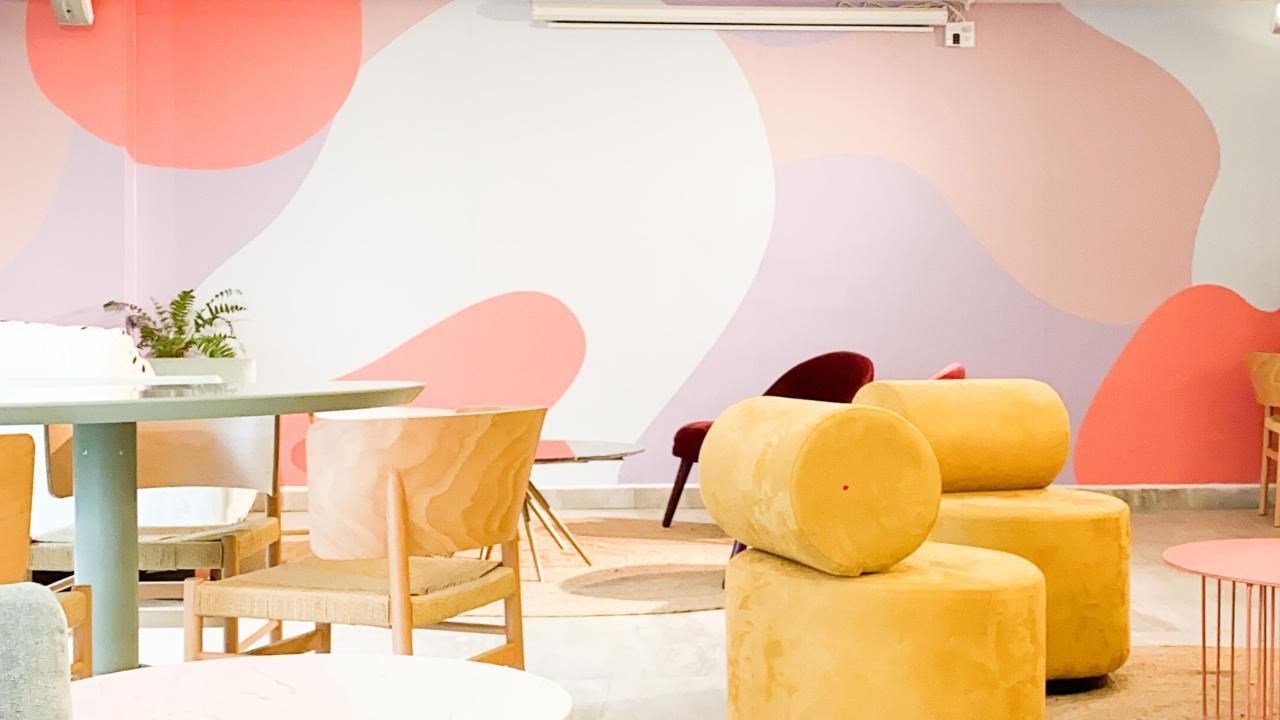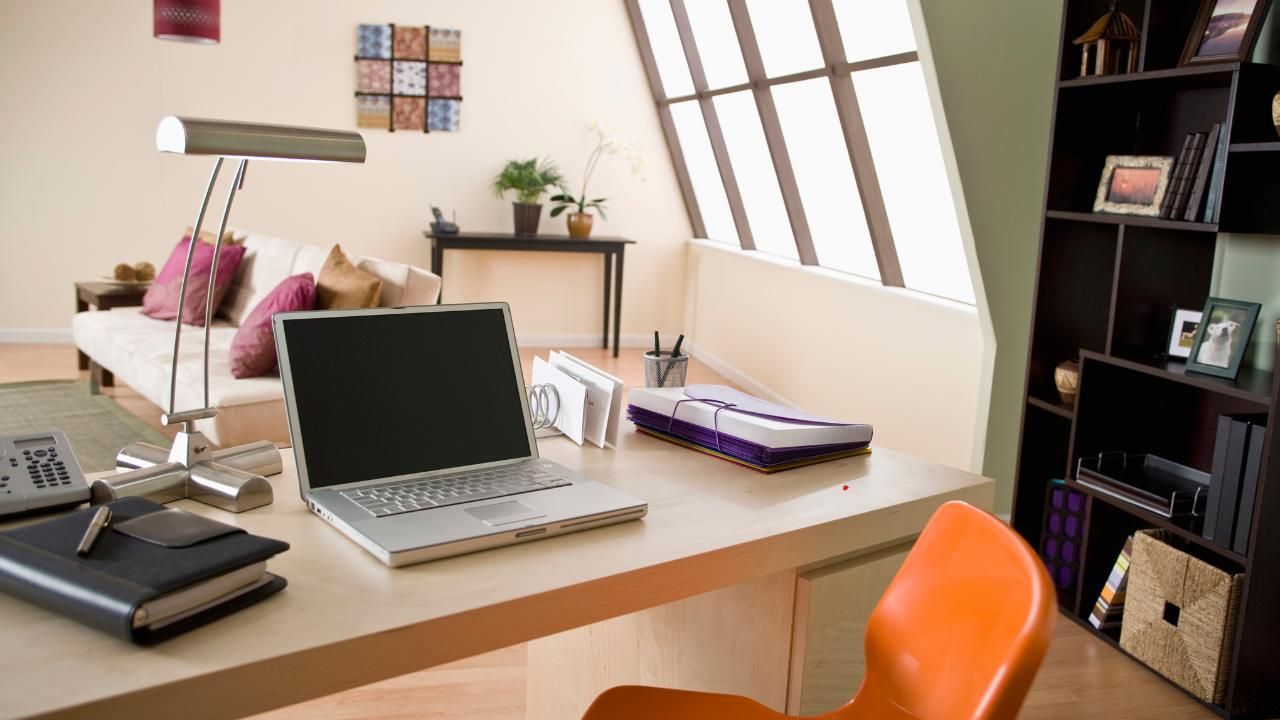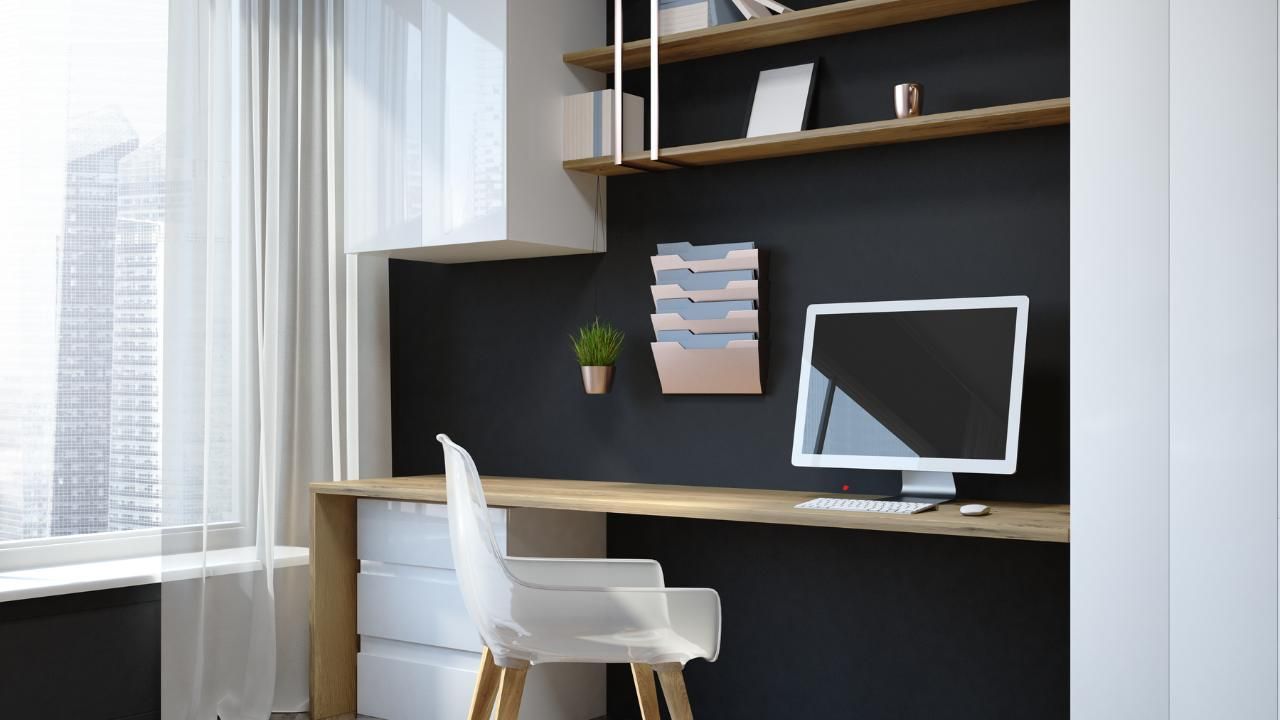From Cubicles to Collaboration: How Modern Office Interiors Inspire Teams
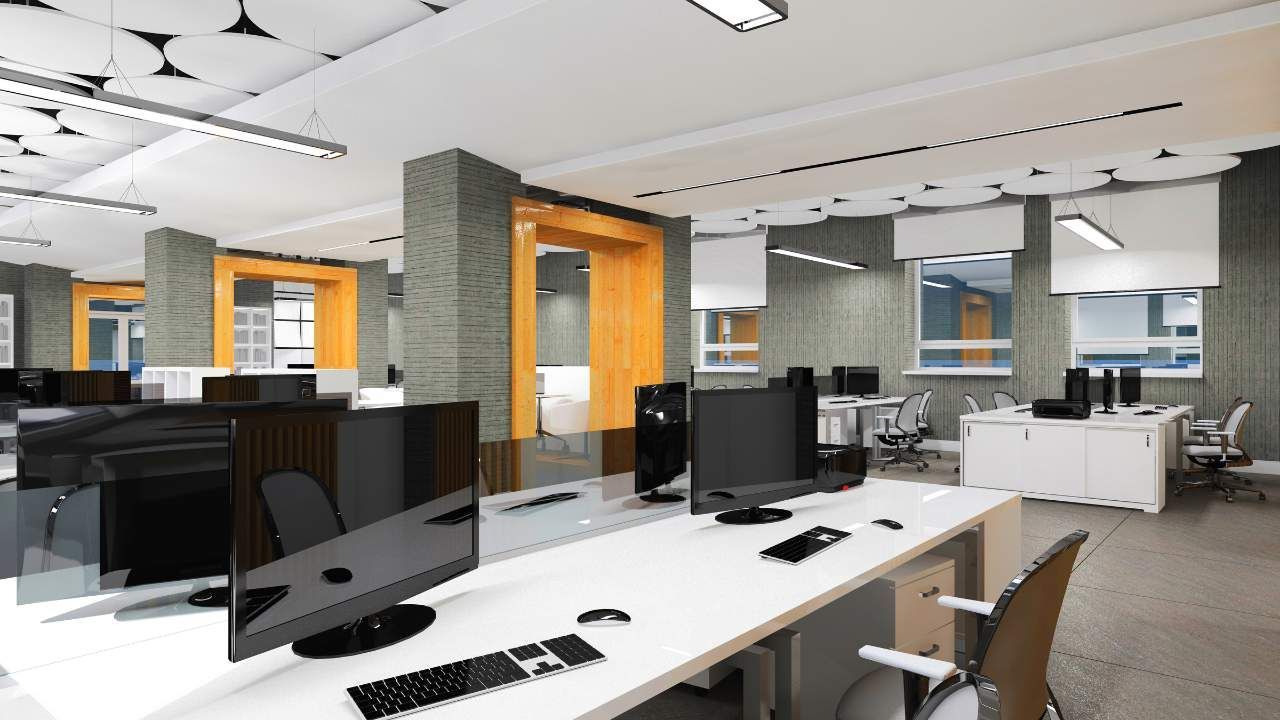
The way we work has changed dramatically—and so have our workspaces. Gone are the days of tall cubicle walls and dim fluorescent lighting. Today’s offices are designed to energize, connect, and inspire. The focus isn’t just on aesthetics anymore; it’s on creating spaces that drive collaboration, creativity, and well-being.
In this post, we’ll explore how modern office interiors are reshaping teamwork, why design matters more than ever, and how you can create a workspace that brings out the best in your people.
The Shift from Isolation to Interaction
A decade ago, the average office was built around privacy and separation. Cubicles provided quiet but also limited communication and connection. Now, companies are breaking down those walls—literally. Open layouts, shared tables, and flexible meeting areas encourage conversation and idea-sharing.
This transformation is often supported by smart office furniture solutions that balance openness with focus. The goal is not to eliminate privacy but to create zones that support both collaboration and concentration. A well-designed workspace by experts like Indoff Office Interiors can help strike that balance perfectly, ensuring employees feel both productive and connected.
How Design Shapes Team Dynamics
Design is more than decoration—it’s a silent influencer of behavior. The way desks are arranged, the lighting, and even the choice of chairs can determine how people interact. For instance:
- Open seating plans make brainstorming more spontaneous.
- Comfortable breakout areas invite informal collaboration.
- Acoustic panels and partitions maintain focus when needed.
A mix of modern desks and chairs designed for flexibility allows teams to reconfigure their spaces easily. When employees can move around and adapt their environment to their workflow, creativity tends to flourish. It’s no coincidence that many of the most innovative companies in the world have workspaces that look more like studios than offices.
The Psychological Power of Space
A thoughtfully designed office can boost morale, improve communication, and even reduce stress. Natural light, warm colors, and biophilic elements (like indoor plants or natural textures) make people feel more at ease.
Studies show that employees in well-lit, ergonomic, and collaborative spaces report higher job satisfaction and lower burnout. The key is balance: offering quiet zones for deep work and vibrant spaces for group projects.
Consider also the impact of movement. When employees can easily shift between standing desks, lounge areas, and meeting pods, they stay more engaged throughout the day. Movement keeps energy high and sparks new ideas.
Case Study: A Space That Sparked Innovation
When a mid-sized marketing firm in Boston revamped its 1980s-style cubicle office, it didn’t expect an overnight transformation—but that’s exactly what happened. By removing half of the cubicles, introducing communal worktables, and creating informal lounge corners, collaboration skyrocketed.
Teams that once emailed across partitions began holding impromptu brainstorming sessions. Within six months, productivity metrics improved by 18%, and employee satisfaction ratings jumped 25%. The new layout didn’t just look better—it made people feel part of something bigger.
Designing for the Future of Work
Modern offices are now dynamic ecosystems. They need to adapt quickly as teams grow, projects evolve, and hybrid work continues to redefine daily operations. Investing in modular furniture, multifunctional spaces, and wellness-focused design isn’t just a trend—it’s a strategy for long-term success.
When your workspace supports collaboration and creativity, you empower people to do their best work. And that’s what truly turns an office into a community.
Ready to reimagine your workplace? Start by assessing how your office layout supports (or limits) teamwork. Even small changes—a better desk setup, new lighting, or a few open spaces—can lead to big results.
Learn more
about designing collaborative office spaces that boost productivity.

